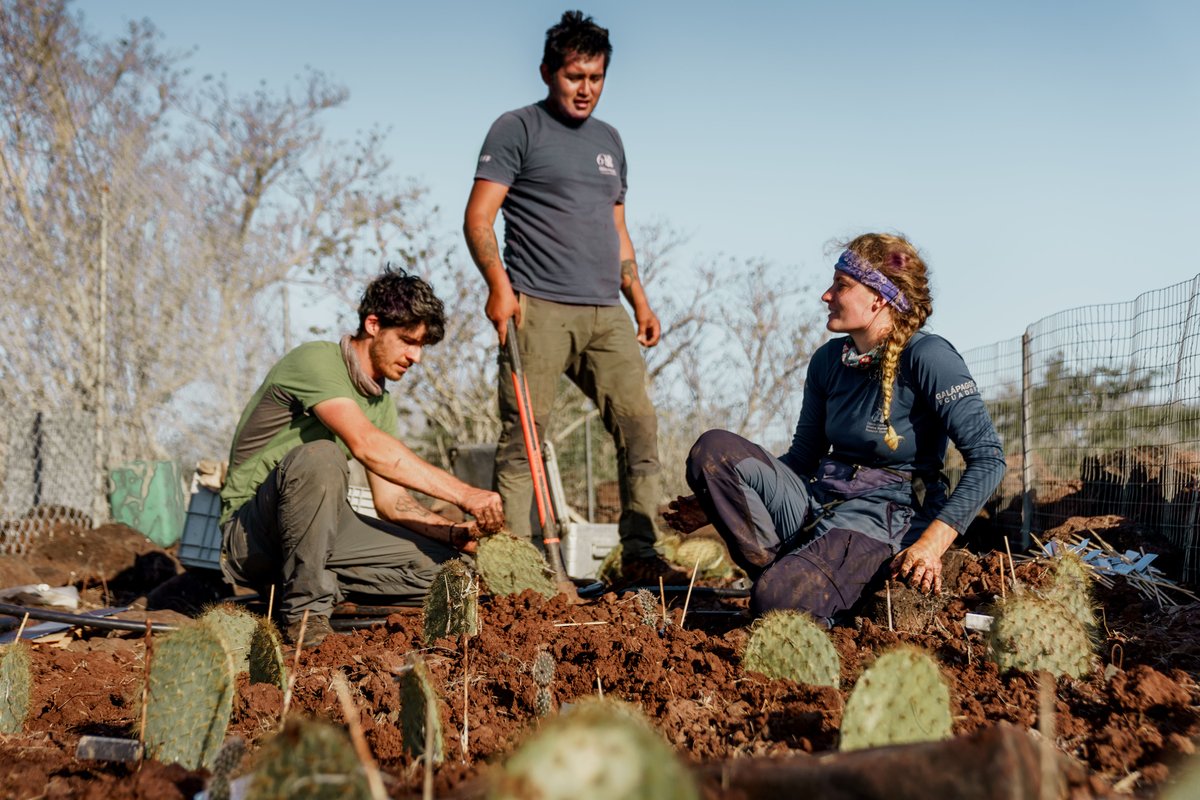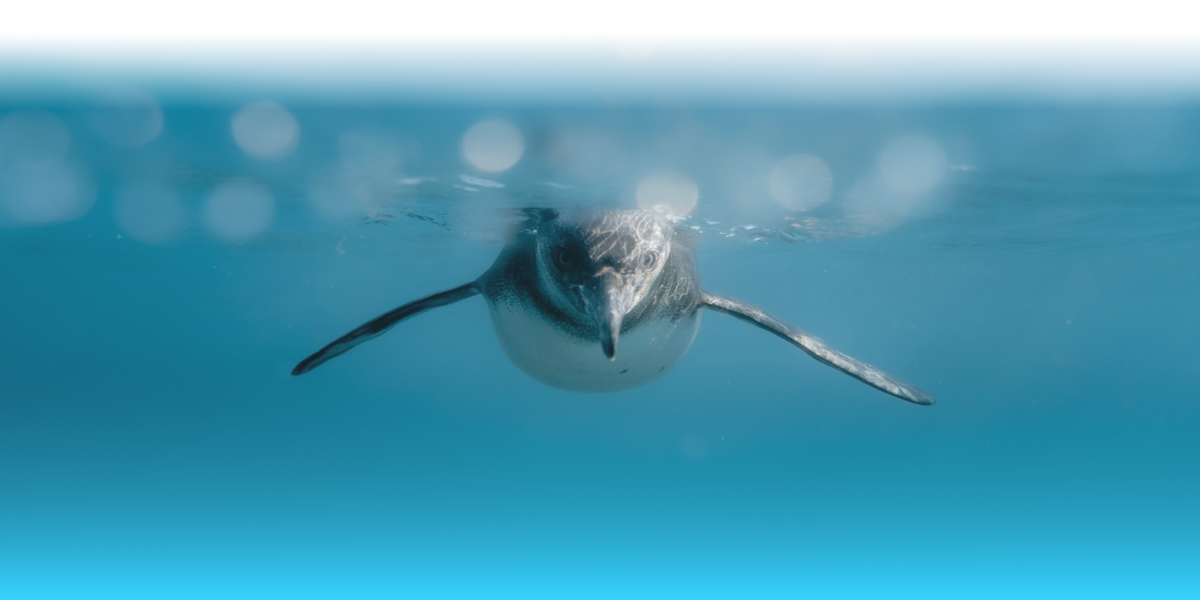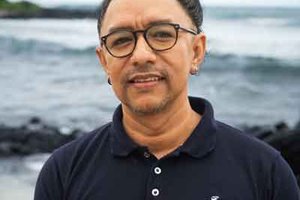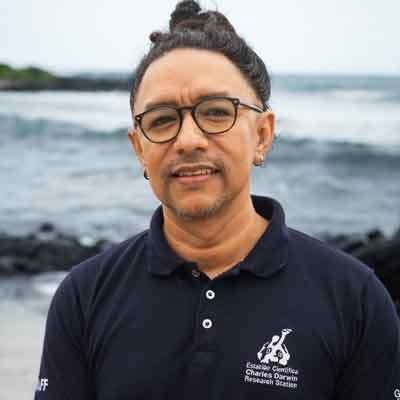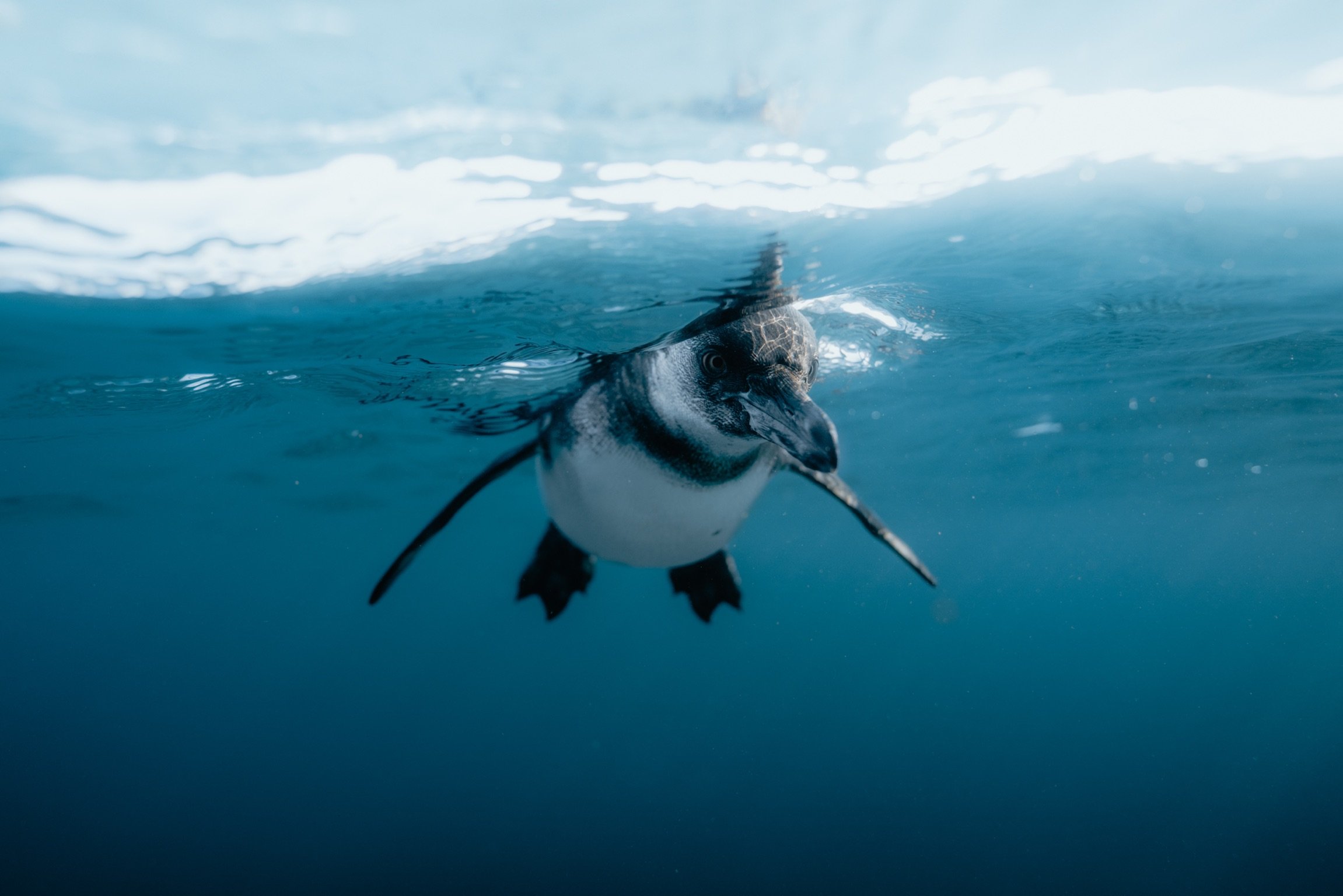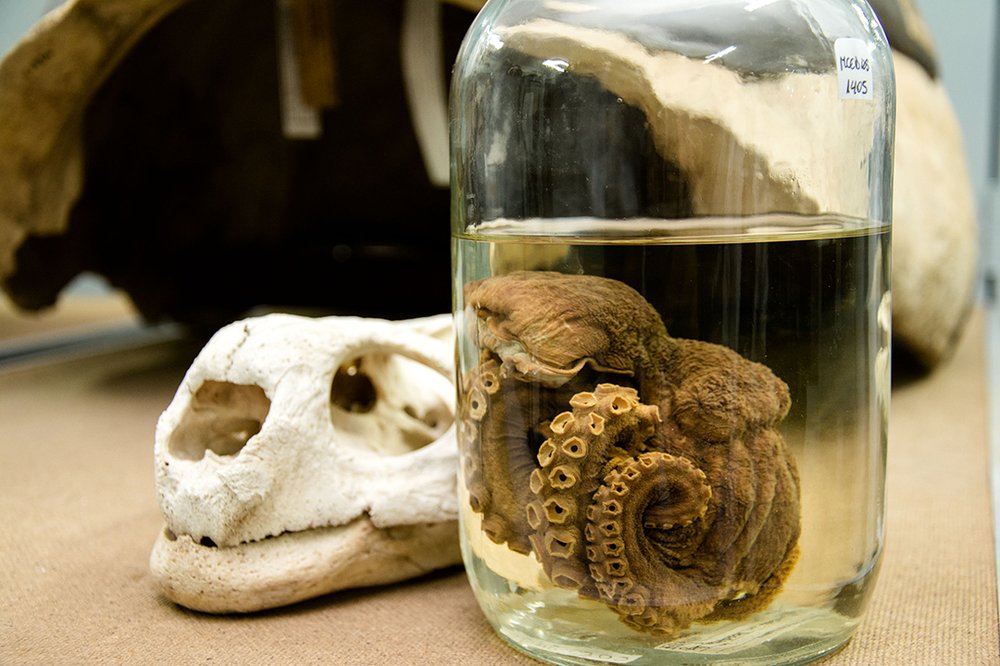
A piece of rock, an octopus and a piece of bone could be considered simple objects for most people. However, for those working in the Natural History Collections of the Charles Darwin Foundation (CDF), a piece of rock could explain the volcanic origin of the Galapagos Islands; an octopus is part of the splendid marine diversity of Galapagos; and a piece of bone is capable of reconstructing the evolutionary history of a species endemic to the archipelago. It all depends on the point of view with which these objects are looked upon, the meaning associated to each of them, and the importance we give them.
"Most of the Galapagos Islands originated from basalt, a type of rock formed from basaltic lava" Volcanic Galapagos-TeofilosToulkeridis (2011).
The CDF has been the custodian of the Galapagos Natural History Collections for decades. Due to this responsibility, our institution is fully aware of the great value that museum specimens hold. The grasp of this value has largely come as a result of the great amount of information stored inside these collections, which has allowed us to acquire a deeper understanding of the diversity and distribution of past and present Galapagos living organisms. The collections preserved by the CDF contain over 100,000 specimens, all of which are preserved and stored under highly curatorial standards, as usual in natural history collections. This process has led to the organization of these specimens in four main collections: Terrestrial Invertebrates (ICCDRS), Marine Invertebrates (MCCDRS), Vertebrates (VCCDRS) and the Herbarium (CDS).

The maintenance of these collections requires a great number of resources. Annually, several curatorial procedures are carried out for the specimens to ensure their long-term preservation. These procedures involve periodic monitoring of the specimens (to prevent and control the attack of pests and fungi), quality control of the storage liquid (ethanol, formaldehyde, etc.) and daily checks to ensure proper environmental conditions in the rooms such as temperature range (20-21ºC) and humidity levels (40-50%).
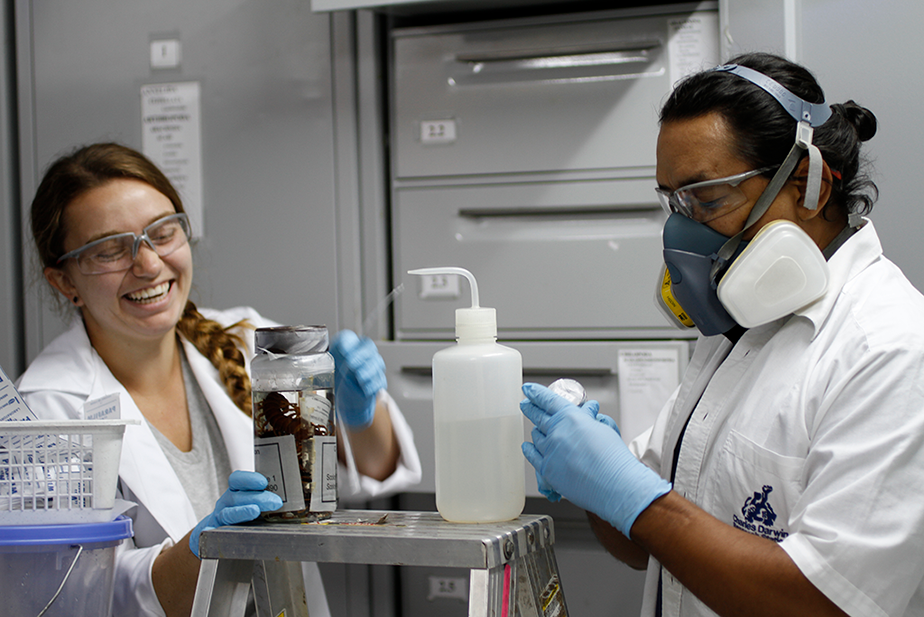
The main goal of the Natural History Collections is to promote the study of the natural heritage of Galapagos and ensure its long-term preservation. For this, the CDF rely on permanent qualified staff. We also provide scientific and research-based training for local, national, and international volunteers who in most of the cases are university students. This results in a great practical experience that allows them to obtain expertise in the field of biological sciences and strengthen their professional skills and aptitudes while promoting the conservation and preservation of the Galapagos Islands natural heritage.
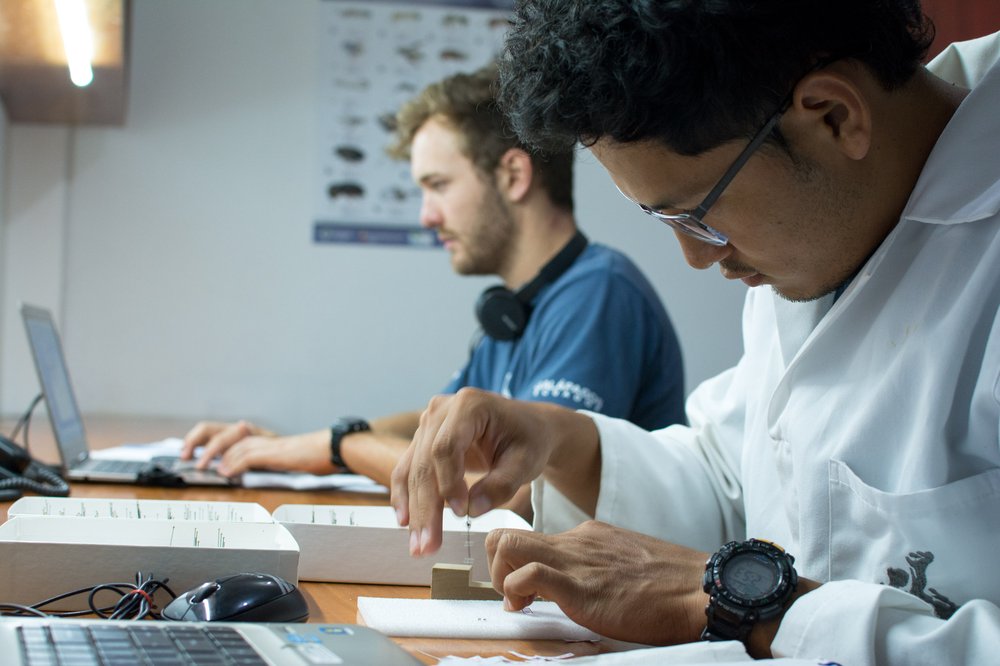
The collection of scientific specimens has a long history in Galapagos. Since the visit of the famous scientist Charles Darwin, later generations made collections with the purpose of documenting the biodiversity of the Islands (Jaramillo, 2013). Unlike museums which are open to visitors, the natural history collections are restricted to scientific research purposes Exhibition Halland are not usually open to the general public. These collections mainly serve as centers for the review and consultation of material for specialists and scientists in specific fields of knowledge.
Restrictions in public access and permanent curatorial care have had the advantage of preventing these specimens from deterioration. However, the collections still have a great educational value. The CDF has an entire section at the Exhibition Hall to display a small sample of the Galapagos natural history collections. This section is a free access area dedicated to all kinds of visitors such as students, tourists and naturalist guides. In this space the general public can learn and get acquainted with the amazing biodiversity of Galapagos.
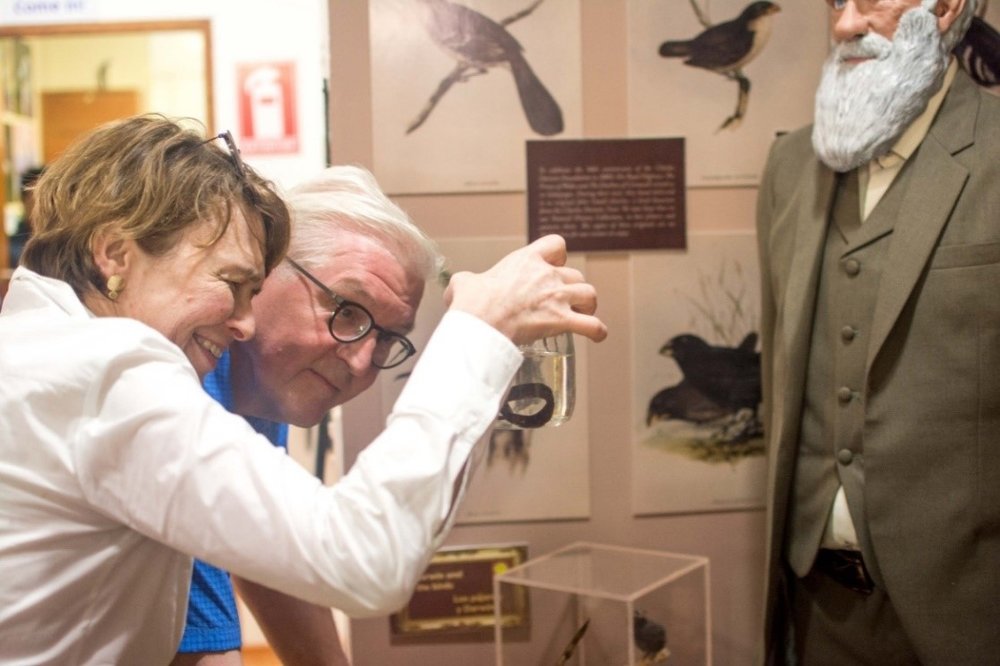
Every year the CDF holds an open house event (“Casa Abierta FCD”). In this event, we encourage the Galapagos community to visit our campus and to learn about the work we do for the Galapagos. During this annual event, the Natural History Collections play a very important role highlighting Galapagos biodiversity and exhibiting material from the collections, making it generally one of the most attractive stands for visitors. We share fun facts about specimens and organize educational activities while making recommendations on practical ways to protect and coexist in harmony with Galapagos ecosystems.
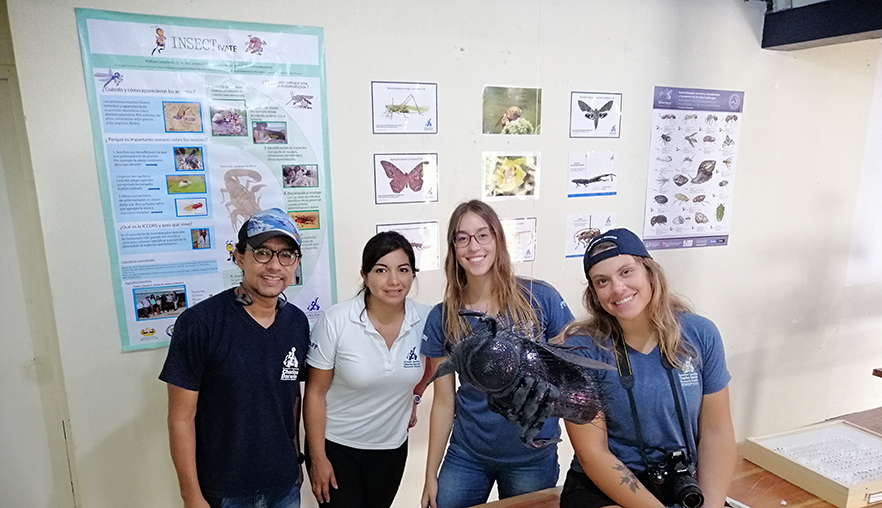
In order to achieve the institutional mission of the CDF and maintain our educational commitment to the collections, through education and the conservation of the Islands we have developed several educational and scientific tools that are also useful for other researchers. These include posters and leaflets about the introduced and invasive terrestrial invertebrates species present in the Galapagos Islands as well as quick identification guides for native and endemic pollen, seed and lichen species of the Galapagos.
In addition to the collections, there are thousands of data associated with the specimens. This information, stored on our databases, is also available on our digital platform (Data Zone). For decades, has been and still is a worldwide source of information for biodiversity and conservation research in the Galapagos Islands.
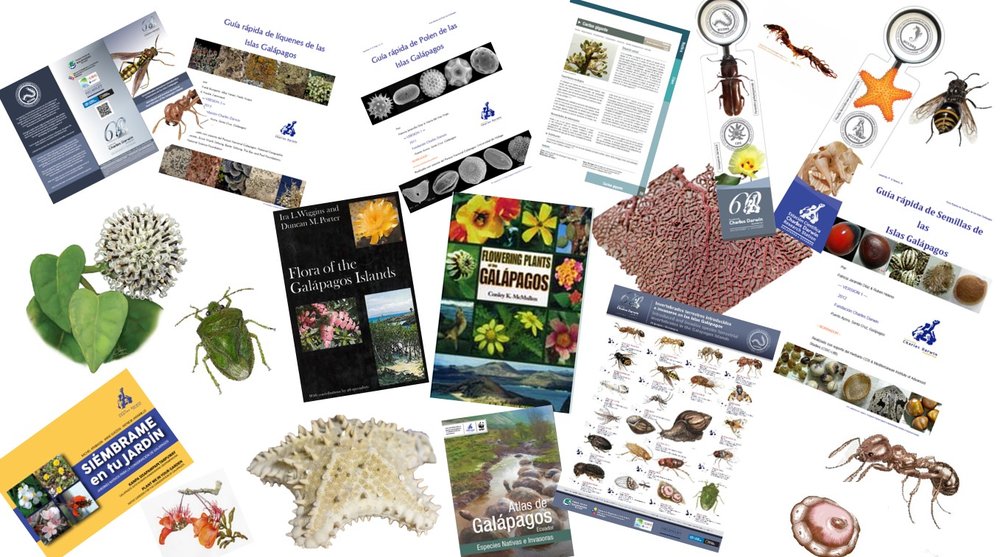
As a Technical Assistant of two collections (ICCDRS and MCCDRS) of the CDF for five years, I feel a big part of this multidisciplinary team of Natural History Collections. The Collections are an essential tool for knowledge, approach and communication between the scientific and local community of Galapagos. The Natural History Collections allow us to work with specimens that have the ability to raise awareness and spread knowledge to society, particularly on important topics such as ecological sustainability and the protection of our island ecosystems.
As a native from Galapagos, it is highly rewarding for me to be able to share the knowledge and experience acquired over these years. I am also happy to share the passion and admiration I feel for our island nature with local students and youth. My hope is that the specimens, methodology and educational material that we have and continue to produce will contribute to an exchange of knowledge with the local community. We hope to encourage their curiosity and creativity to learn about and protect the endemic and native diversity of the Galapagos.
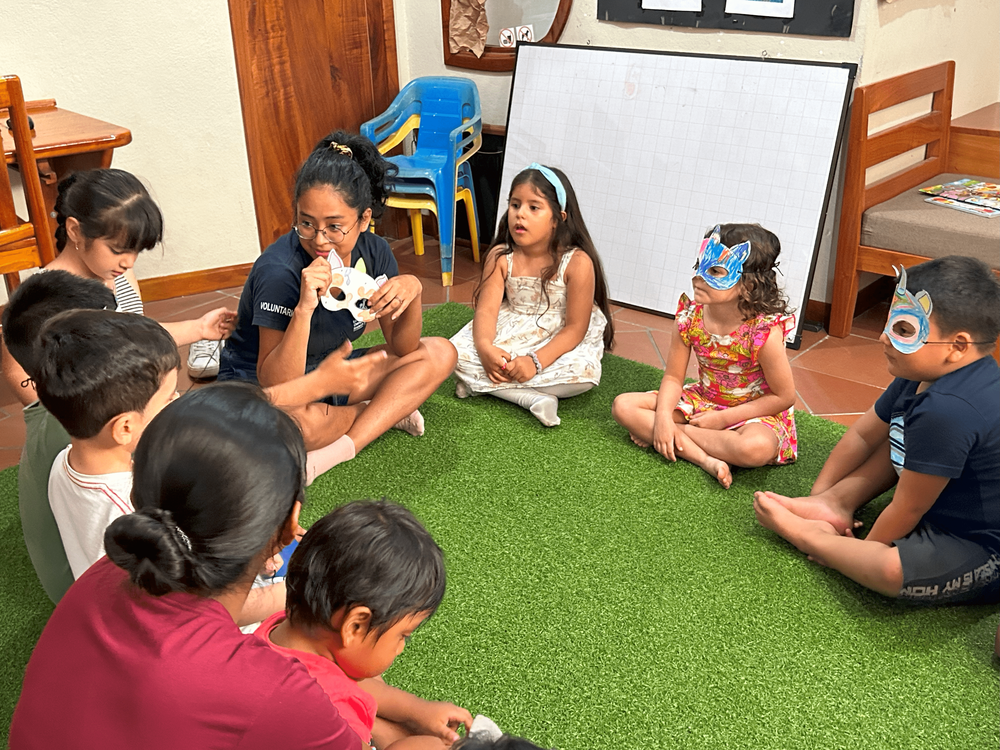
The work carried out at the collections would not be possible without the help of the entire team: General Coordinator of the Collections (Patricia Jaramillo Díaz), Curators (Andrea Acurio, Gustavo Jiménez-Uzcátegui), Technical Assistant (Sarita Mahtani-Williams), Scientific Collaborators, Students and Volunteers, as well as the support of public and private institutions. Working together has allowed us to achieve the scientific, educational and institutional goals proposed by the Charles Darwin Foundation through the Natural History Collections.
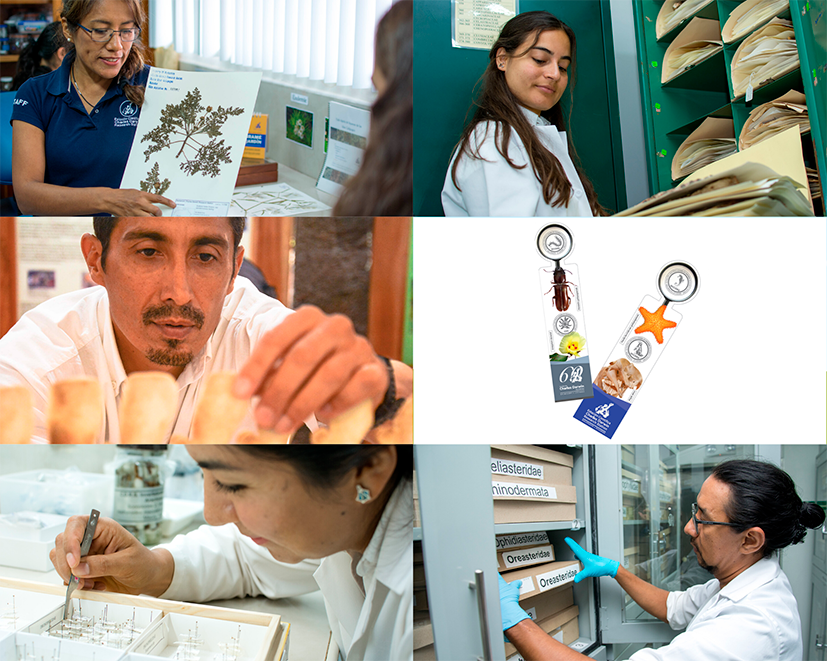
The preservation of our collections has been possible thanks to the institutional support provided by the Galapagos National Park Directorate (GNPD) and financial support from our generous donors: Lindblad Expeditions, Ecoventura and Helmsley and Charitable Trust. Their support helps us to maintain the collections and carry out research on the Islands. Their financial support helps cover the costs of our salaries, and the purchase of necessary supplies for curatorial activities. Together, these organizations have contributed to transforming the Natural History Collections (CDF) into the most complete biological reference archive for research on the Galapagos Islands. This supports the development of scientific studies and the management of the marine and terrestrial natural resources of the Galapagos Islands.
Special thanks to María José Barragán (Executive Director of Sciences), Patricia Jaramillo Díaz and Andrea Acurio for their comments on previous versions of this blog and to Sarita Mahtani-Williams for the editing of the English language translation.

Bibliography
DataZone 2020. Fundación Charles Darwin. “Galapagos Species Checklist.”https://www.darwinfoundation.org/en/datazone/checklist.
Fundación Charles Darwin. (2018). Resumen Ejecutivo – Informe anual 2017 y avances 2018.p. 9.
Finet, Y. (2001). The Marine Mollusks of the Galapagos Islands: a documentedfaunal list. Editions du Muséum d' Histoire Naturelle, Genève. p. 237.
Jaramillo, P. (2013). Plan de Manejo de las Colecciones de Historia Natural de la FCD. Fundación Charles Darwin. Pp. 1-385.
Toulkeridis, T. (2011). Volcanic Galápagos Volcánico. Centro de Geología, Volcanología y Geodinámica (CVGV).p. 139-160.
Weeb, E.A., C. Patterson, C.A. Meaney, B. Snellgrove. (1989). Integred Pest Management at the Denver Museum of Natural History-Collection.Vol. 5. No. 2. p. 52-59.
